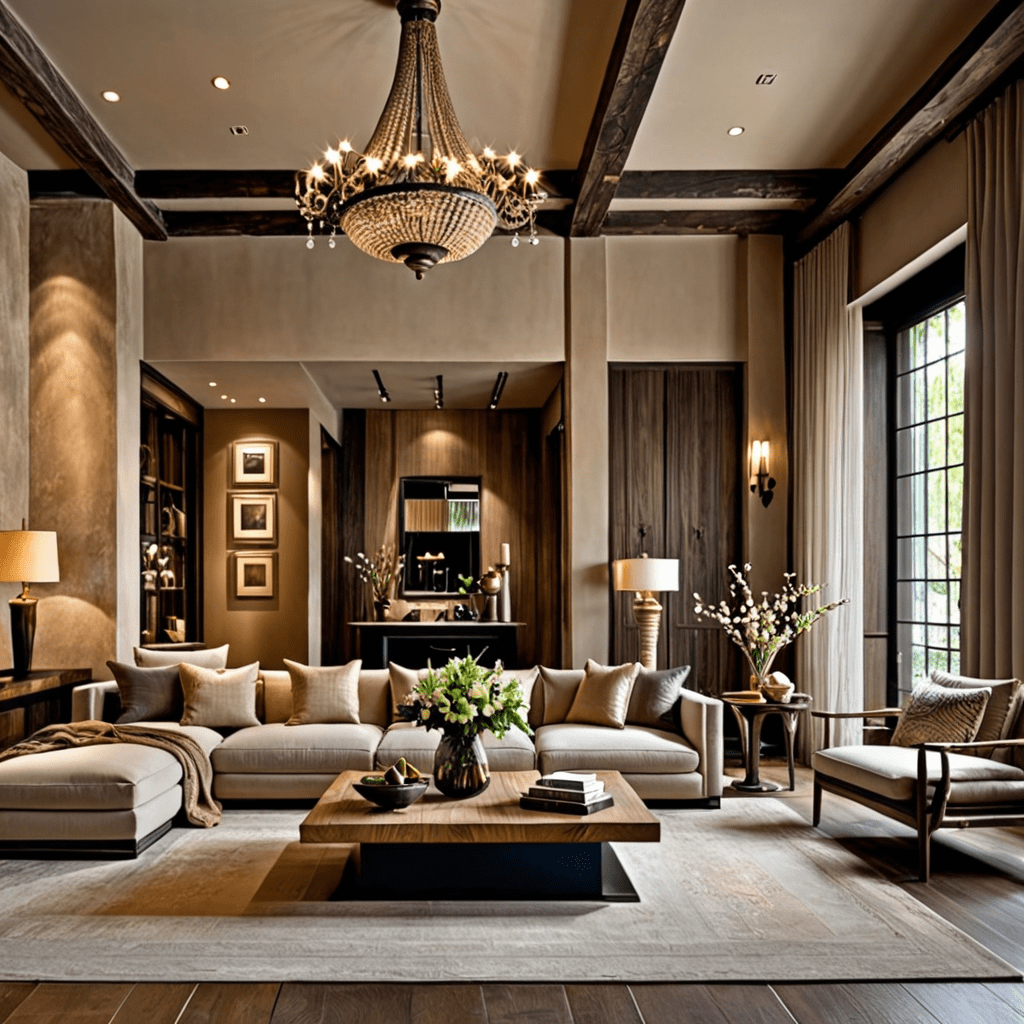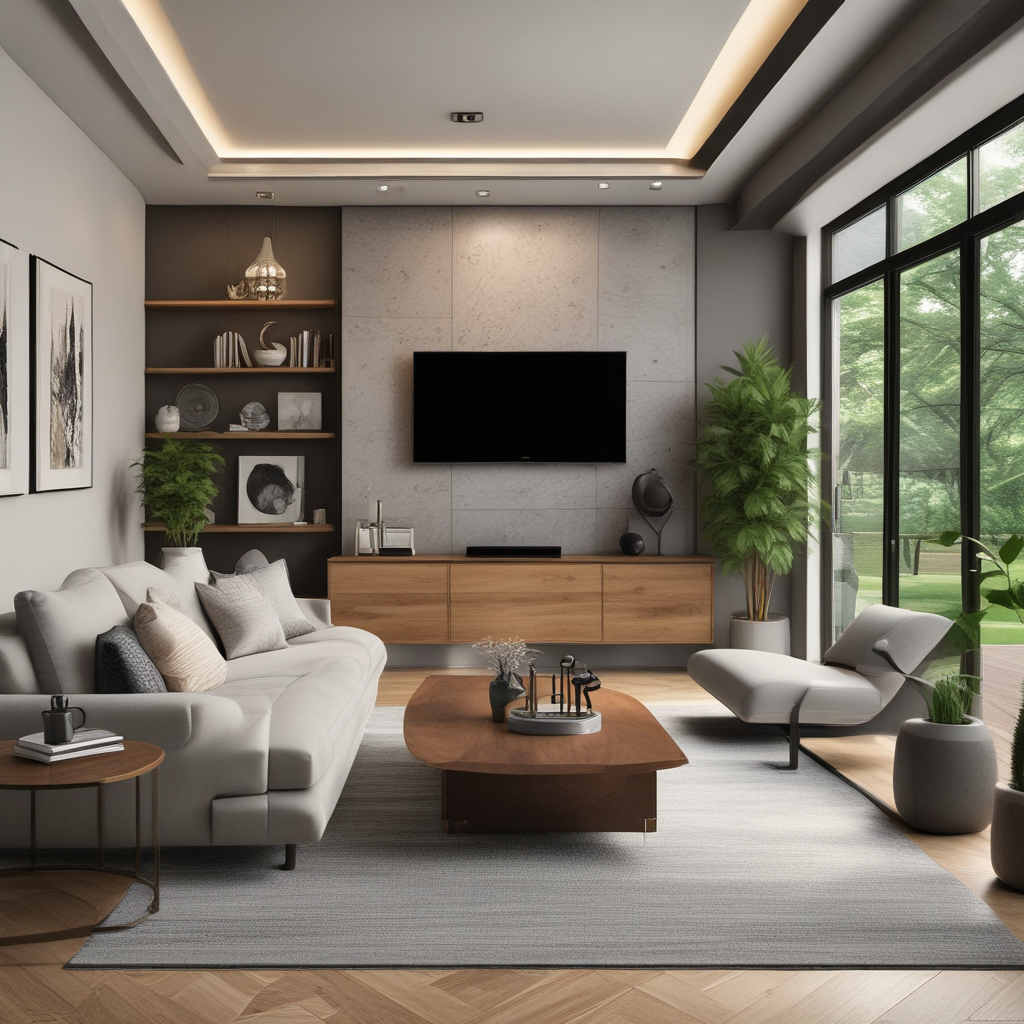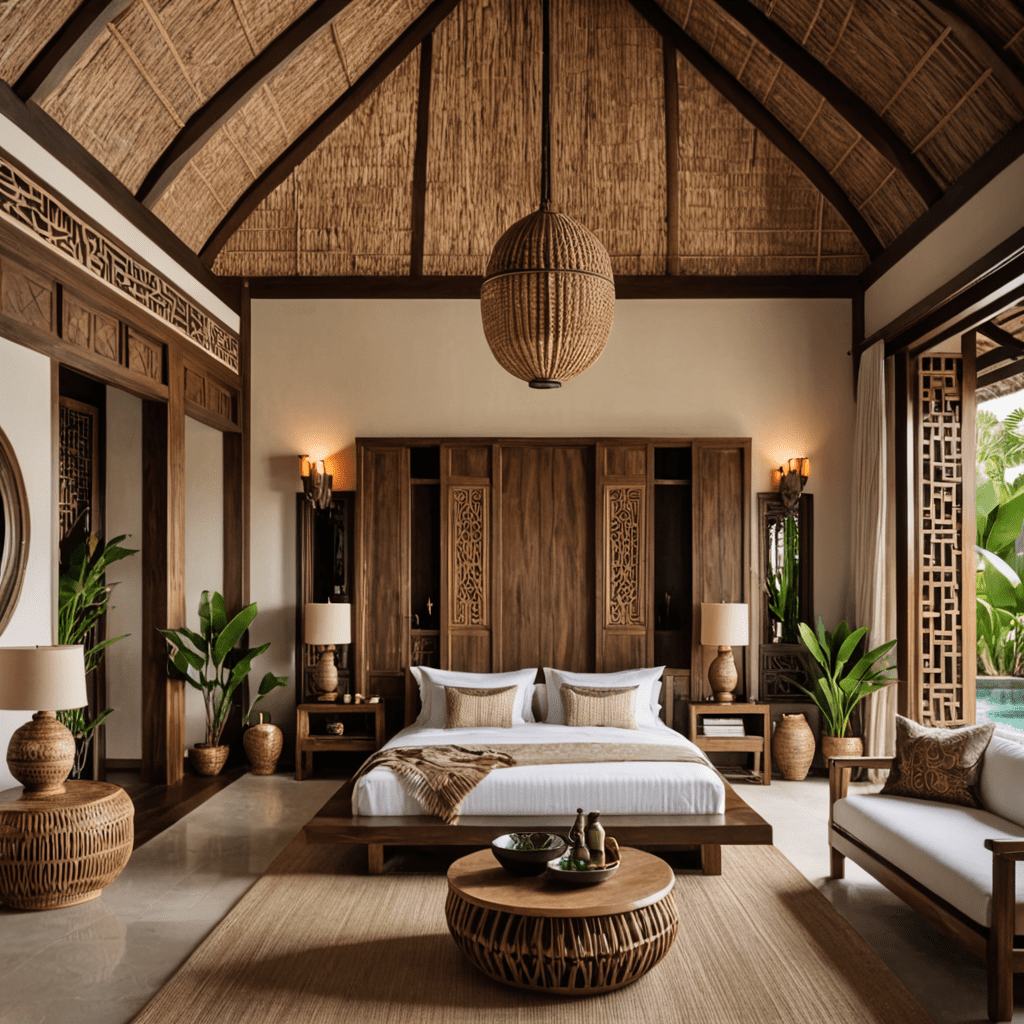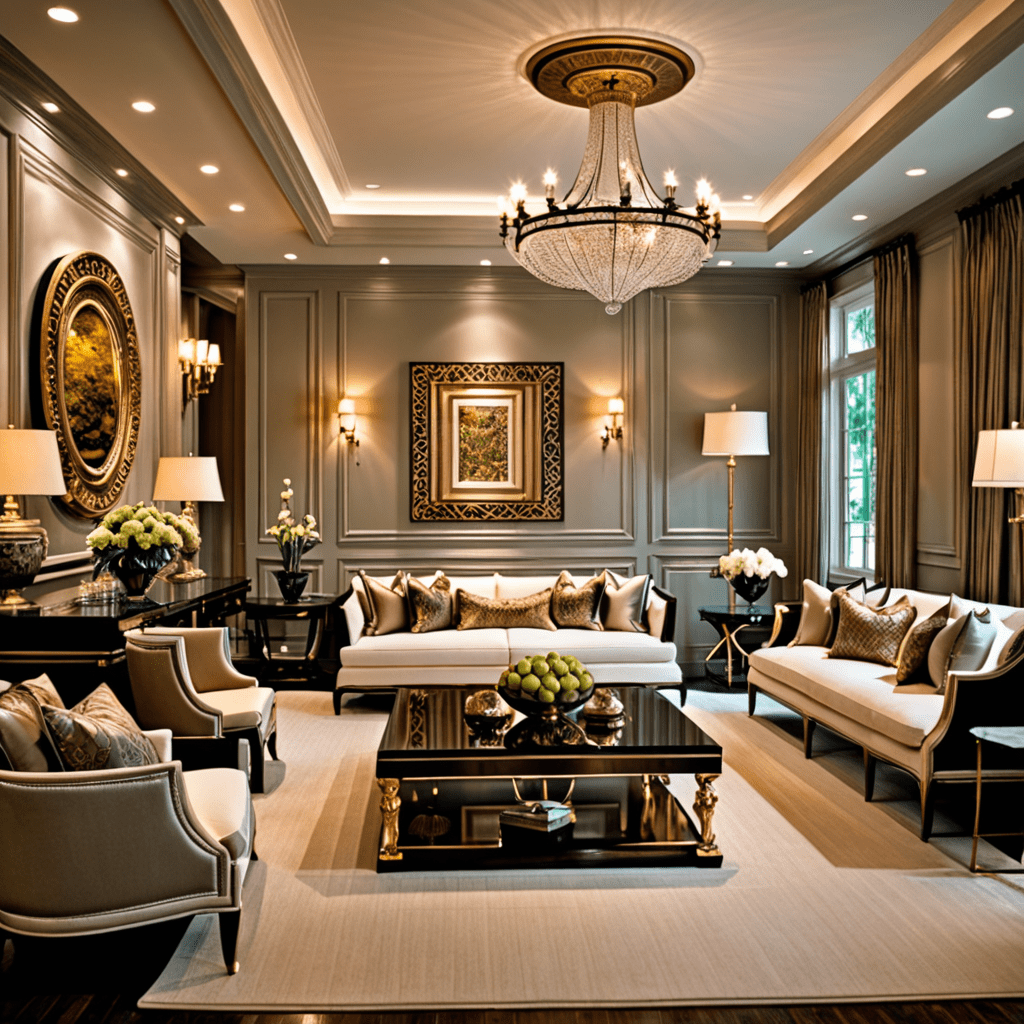Embracing Imperfection: Wabi Sabi in Interior Design


Wabi Sabi is a traditional Japanese aesthetic that finds beauty in imperfection, impermanence, and the patina of time. In recent years, it has gained popularity in interior design for its calm, uncluttered, and harmonious approach to creating living spaces. Embracing Wabi Sabi in interior design means appreciating simplicity, celebrating the authentic, and understanding that the passage of time adds a unique charm to our surroundings.
**Embracing Imperfection: Wabi Sabi in Interior Design**
**Understanding Wabi Sabi**
At the core of Wabi Sabi is the acceptance of imperfection and impermanence. It’s about finding beauty in the natural and authentic, and appreciating the simplicity of things. In interior design, embracing Wabi Sabi means creating spaces that are unpretentious, serene, and harmonious. It encourages the use of natural materials, handcrafted elements, and a minimalist approach to decor.
**Simplicity in Design**
Wabi Sabi interior design embodies simplicity in its purest form. Spaces are uncluttered, with each item carefully chosen for its beauty and functionality. The use of natural materials such as wood, stone, and bamboo creates a sense of warmth and timelessness. Furniture and decor often have a weathered or aged appearance, adding depth and character to the space.
**Finding Beauty in Imperfection**
Imperfection is celebrated in Wabi Sabi design. Cracked pottery, rough-hewn textiles, and distressed finishes are not only accepted but cherished for the stories they tell. Each mark and irregularity adds to the character of the piece, creating a sense of authenticity and uniqueness.
**Embracing Nature**
Wabi Sabi design is deeply connected to nature. Natural elements such as indoor plants, natural light, and organic textures bring a sense of tranquility to the space. The goal is to create an environment that fosters a deep appreciation for the simple and unadorned beauty found in the natural world.
**Harmony and Balance**
In Wabi Sabi, creating harmony and balance is essential. The use of negative space, asymmetry, and a subdued color palette contributes to a sense of calm and tranquility. Each design element is thoughtfully placed to achieve a balanced and cohesive environment.
**Embracing Transience**
In Wabi Sabi design, the acceptance of transience is vital. This can be seen in the use of materials that age gracefully, evolving with time. Embracing the concept of impermanence encourages a deep appreciation for the beauty of change and the passage of time within the living space.
**Embracing Wabi Sabi in Your Home**
Incorporating Wabi Sabi into your home doesn’t require a complete overhaul of your existing interior. Start by decluttering and simplifying your space. Choose furniture and decor that speaks to you on a deeper level and has a sense of history or craftsmanship. Embrace the beauty of natural materials and textures, and allow the patina of time to become a part of your decor.
**FAQ About Wabi Sabi in Interior Design**
*What types of materials are commonly used in Wabi Sabi interior design?*
Natural materials such as wood, stone, bamboo, linen, and unglazed ceramics are commonly used in Wabi Sabi design. These materials offer a sense of warmth, texture, and authenticity that aligns with the principles of Wabi Sabi.
*Can I incorporate Wabi Sabi into a modern interior design style?*
Absolutely! Wabi Sabi can be seamlessly integrated into modern interior design. Embracing natural textures, simplicity, and a subdued color palette are key aspects of Wabi Sabi that can complement modern design styles.
*How can I embrace imperfection in my interior design?*
Embracing imperfection in interior design involves celebrating the natural wear and tear of materials, finding beauty in handmade and unique pieces, and incorporating elements with a sense of history and authenticity. This can be achieved through the use of weathered finishes, handmade textiles, and imperfectly shaped ceramics, among other elements.
By incorporating Wabi Sabi principles into your living space, you can create an environment that is not only visually appealing but also fosters a sense of calm, peace, and appreciation for the simple and authentic. The acceptance of imperfection and impermanence can bring a unique charm and warmth to your home, making it a sanctuary of tranquility and beauty.



